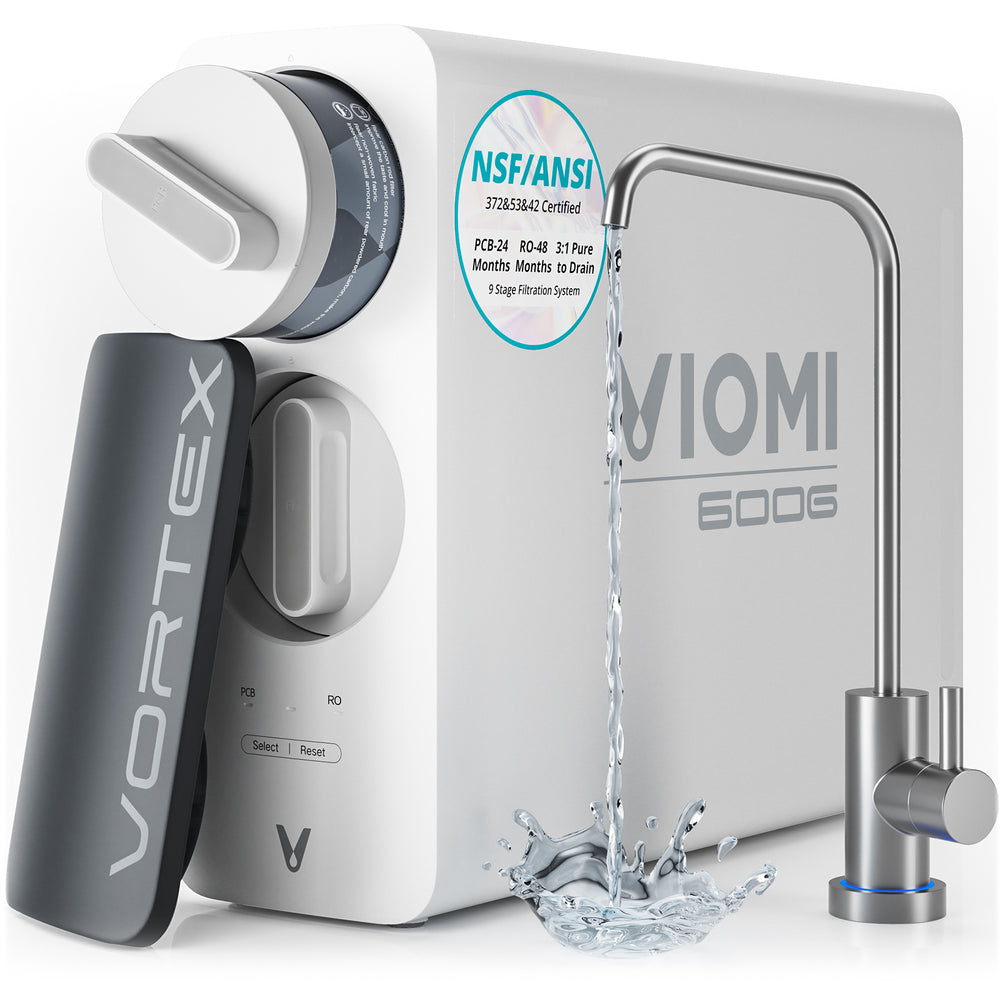Unlock Pristine Water: Discover the Secrets to Choosing the Perfect Reverse Osmosis System!
In an age where clean water is more essential than ever, understanding the methods of purification has become increasingly important. One of the most effective technologies for ensuring that your drinking water is free from contaminants is the reverse osmosis (RO) system. As concerns about water quality rise, more households are turning to reverse osmosis water filter systems to ensure that their families have access to pure, safe drinking water. This article will delve into the intricacies of reverse osmosis, outline the features to consider when choosing a system, compare the available types, and discuss installation and maintenance. By the end, you'll have the knowledge needed to select the perfect system that meets your needs.

Understanding Reverse Osmosis
Reverse osmosis is a water purification process that utilizes a semipermeable membrane to remove ions, molecules, and larger particles from drinking water. The process begins when water is forced through the membrane, which only allows water molecules to pass while blocking contaminants such as salts, bacteria, and other impurities. This method not only improves the taste and quality of water but also helps in removing harmful substances that can pose health risks. A typical reverse osmosis system includes several key components: a pre-filter to remove larger particles, the RO membrane itself, a post-filter for additional purification, and a storage tank to hold the purified water. Understanding these elements helps users appreciate the efficiency and effectiveness of the system.
Key Features to Consider
When selecting a reverse osmosis system, there are several crucial features to keep in mind. Firstly, consider the number of filtration stages; a multi-stage system typically offers better purification by removing a wider range of contaminants. Additionally, the capacity of the system is vital—larger households may require systems that can produce more purified water in a shorter time. Efficiency is another important factor; look for systems that minimize wastewater production. Furthermore, certifications from organizations like the Water Quality Association can assure you of the system’s effectiveness and safety. These features combined will help you find a system that meets your specific needs while ensuring high-quality water.
Types of Reverse Osmosis Systems
There are several types of reverse osmosis systems available on the market, each catering to different needs and preferences. Under-sink systems are popular for their space-saving design and ability to provide purified water directly from the tap. Countertop systems, on the other hand, are portable and can be easily installed without permanent modifications to plumbing, making them ideal for renters. Whole-house systems are the most comprehensive option, providing purified water for all household uses, including bathing and cooking, but they require a larger investment and more complex installation. Each type has its advantages and disadvantages, and understanding these will help you make an informed choice that aligns with your water purification needs.
Installation and Maintenance Considerations
The installation of a reverse osmosis system can be approached in two ways: DIY or professional installation. DIY installation can save costs and is feasible for those with basic plumbing skills, but it’s essential to follow the manufacturer's instructions closely to avoid complications. Alternatively, hiring a professional ensures that the system is installed correctly and efficiently. Maintenance is equally vital for longevity and performance. Regularly changing filters and checking for leaks or pressure drops can prevent issues and ensure optimal functionality. Simple maintenance tips, such as flushing the system periodically, can go a long way in extending the life of your reverse osmosis system.
Cost and Value Analysis
When considering a reverse osmosis system, it's important to analyze the costs involved. The initial purchase price can vary widely based on the type and features of the system. Installation costs should also be factored in, particularly for whole-house systems, which may require professional help. Long-term maintenance expenses, including filter replacements and repairs, should not be overlooked. While the upfront investment may seem substantial, the value gained from having access to clean, safe drinking water is immeasurable. Additionally, investing in a quality reverse osmosis system can lead to savings by reducing reliance on bottled water and minimizing health risks associated with contaminated water.
Key Takeaways on Reverse Osmosis Systems
In summary, choosing the right reverse osmosis water filter system is crucial for ensuring access to clean and safe drinking water. By understanding the fundamentals of reverse osmosis, considering key features, comparing different types of systems, and being mindful of installation and maintenance, you can make a well-informed decision. The investment in a quality RO system not only enhances your health and well-being but also contributes to a more sustainable lifestyle. Take the time to assess your needs and explore your options, and you'll unlock the benefits of pristine water for you and your family.














